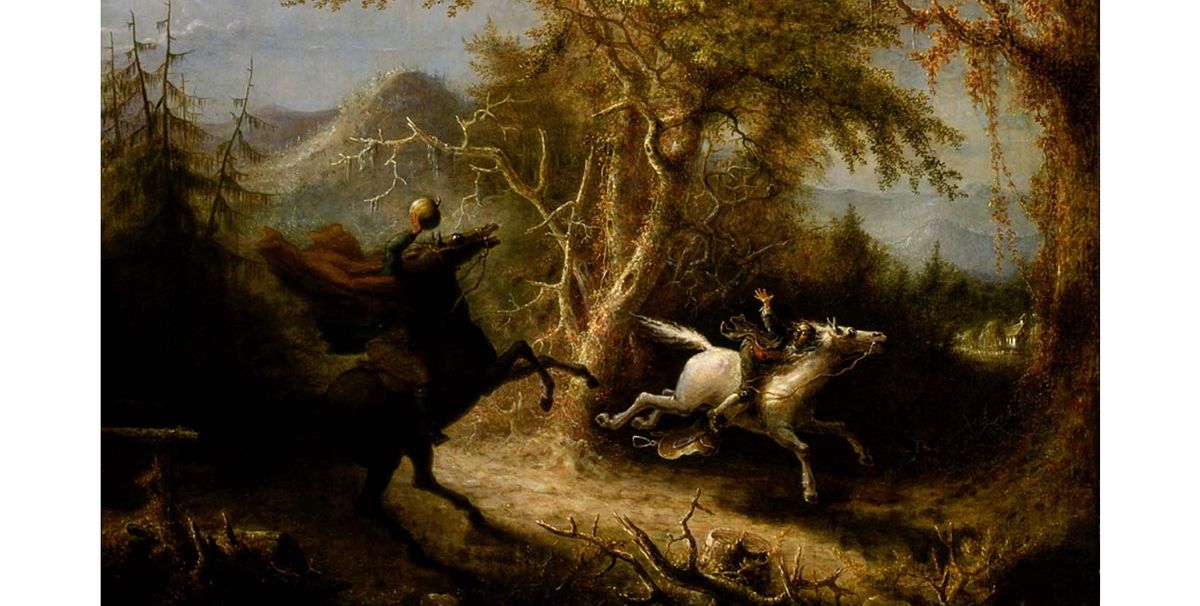The National Gallery of Art in Washington, DC, kicks off its prestigious A.W. Mellon Lecture series on 26 March with the art historian Alexander Nemerov as guest lecturer. The six talks, titled The Forest: American in the 1830s, examine artists like Thomas Cole and John Quidor and writers like James Fenimore Cooper.
“There is a sense, on the one hand, of art being too achieved and finished [in this period] to really portray the humanness of the forest”, Nemerov says, adding that “the lectures will explore the artists who somehow do portray the meeting of art and life” in their work.
The first talk explores how those two terms were defined by people in the 1830s. “If you have the teeming world of life itself on the one hand,” Nemerov says, “and, on the other, a burgeoning definition of art that’s about a world apart, I suppose my question is, where do the two meet? And what does that look like?”
Subsequent lectures focus on writers like Robert Montgomery Bird and Ralph Waldo Emerson. During Emerson’s trip to Rome in 1833, he wrote about works like Raphael’s Transfiguration (1516–20), which American artists found suggestive of the transformative “glories of nature”, Nemerov says.
“The main stakes of the lectures have to do with experience in the past, and whether it is possible for us to have a sense of what it was like to be alive” at an earlier moment, Nemerov says. Although his talks have a specific historical focus, Nemerov hopes the lectures “will relate to anyone who is interested in the extent to which a work of art fails to show lived experience.”
Nemerov is the 66th lecturer in the series, which has included speakers like Isaiah Berlin, Naum Gabo and Kirk Varnedoe. His talks will be delivered on 26 March; 2, 9, 23 and 30 April; and 7 May.
Separately, the NGA will also hold a symposium from 16-17 March titled The African American Art World in the 20th Century. Speakers include artists like Martin Puryear and the art historian Huey Copeland. The event is organised in collaboration with the Howard University Gallery of Art, which houses the historically black college’s collection of African artefacts, American and European painting and sculpture.


